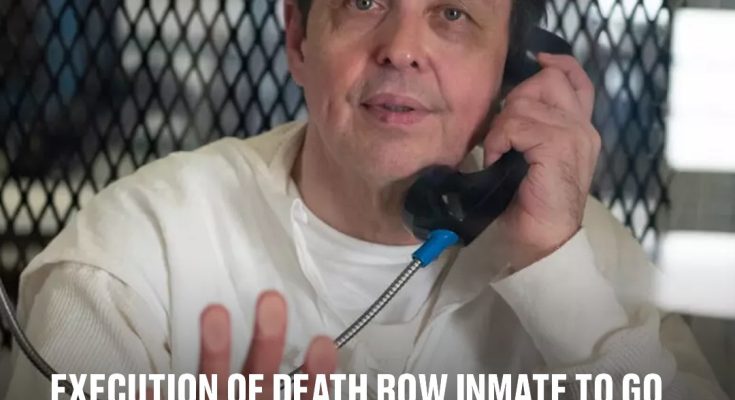Robert Roberson, from Texas in the US, was sentenced to death in 2003 after he was convicted of killing his daughter, two-year-old Nikki Curtis.
Although Roberson had rushed the child to hospital, medical staff became concerned after doctors noticed a lack of emotion from her father.
Nikki was found to have serious head injuries, including a subdural haematoma, which is a serious condition where blood collects between the skull and the surface of the brain. The little girl sadly passed away from her injuries.
Roberson claimed that Nikki had fallen out of bed, but he was later arrested and charged with her death.
The prosecution argued that Nikki had been a victim of shaken baby syndrome.
What is shaken baby syndrome?
Shaken baby syndrome (SBS) is classified as a severe form of head injury to young children.
It’s said to occur after a baby is shaken so hard it causes the brain to rebound in their skull, leading to serious injuries and death.
However, SBS has become a divisive topic in recent years, with medical experts now arguing the diagnosis doesn’t take into consideration the child’s medical history as well as other causes of death.
According to ABC News, around 30 people have been exonerated after being convicted for shaken baby syndrome.
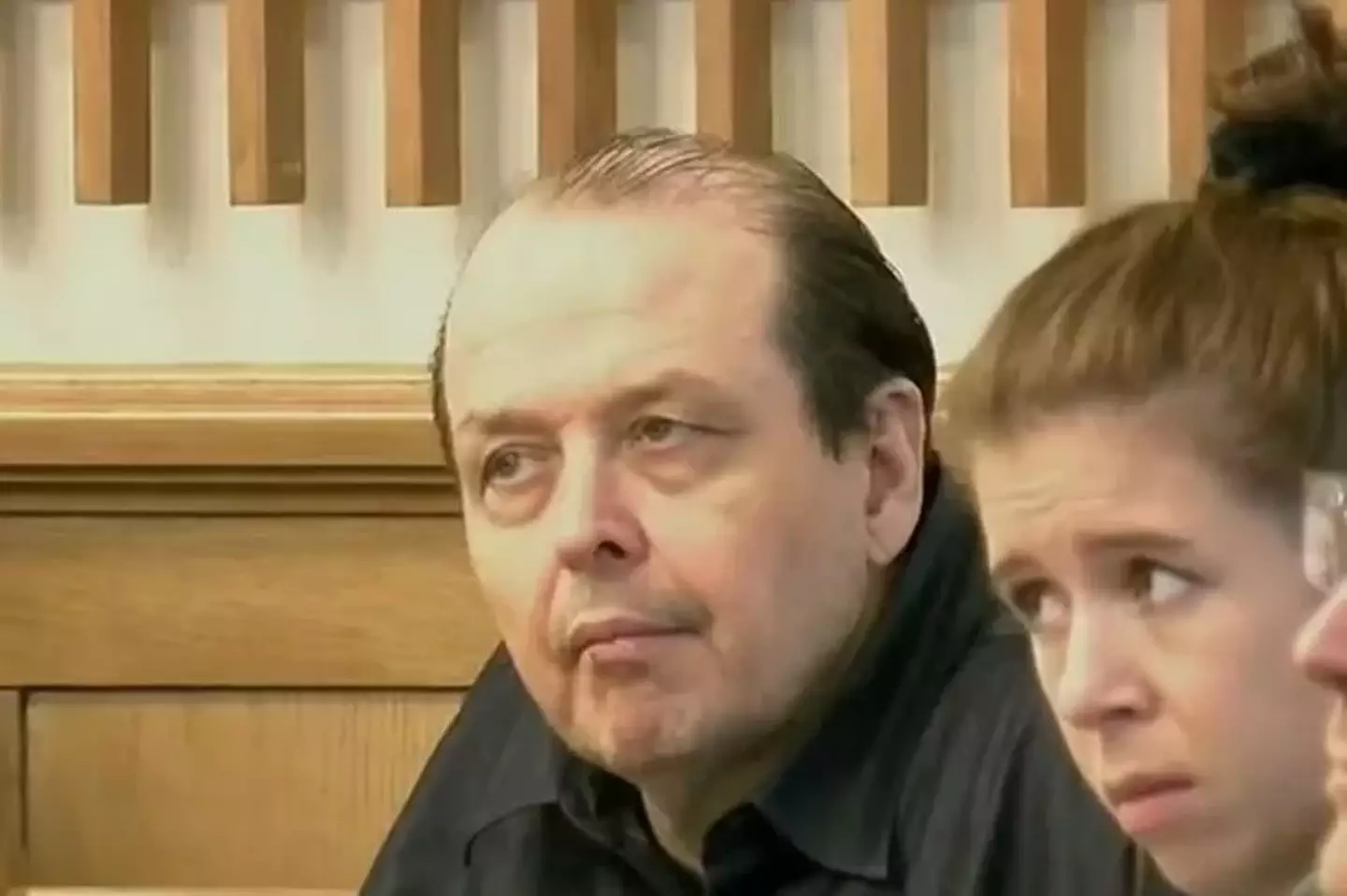
Roberson has always maintained his innocence (KLTV)
Although Roberson was due to be executed on October 17, the day prior, a criminal law committee in Texas issued a subpoena – which is a legal document ordering someone to appear in court – which called for Roberson to testify.
They became concerned after a juror in the original trial, Terre Compton, said the jury hadn’t been aware of Nikki’s medical history.
Compton said she would not have found Roberson guilty had she known the details.
A report from the Texas Tribune explains that Nikki had been unwell prior to her death, with Roberson’s attorneys arguing the child had been suffering from ‘severe, undiagnosed’ pneumonia, which had caused her to collapse and turn blue.
The attorneys also pointed to the fact that Nikki had been prescribed medications such as Phenergan and codeine – no longer considered safe for children her age – prior to her death.

A judge put a temporary block on Roberson’s execution (KLTV)
However, the Texas Supreme Court ruled on Friday (15 November) that the subpoena could not prevent a scheduled execution date.
“The facts allegedly giving rise to a need for Roberson’s testimony have been public knowledge for years,” Justice Evan Young wrote.
However, Roberson’s attorney, Gretchen Sween, has explained it will hopefully give time for ‘those with power’ to see that ‘Robert is innocent’.
“The ancillary benefit to Mr Roberson of staying his execution hopefully gives time for those with power to address a grave wrong to see what is apparent to anyone who gives the medical evidence fair consideration: his daughter Nikki’s death was a tragedy not a crime; Robert is innocent,” Sween explained to Houston Public Media.
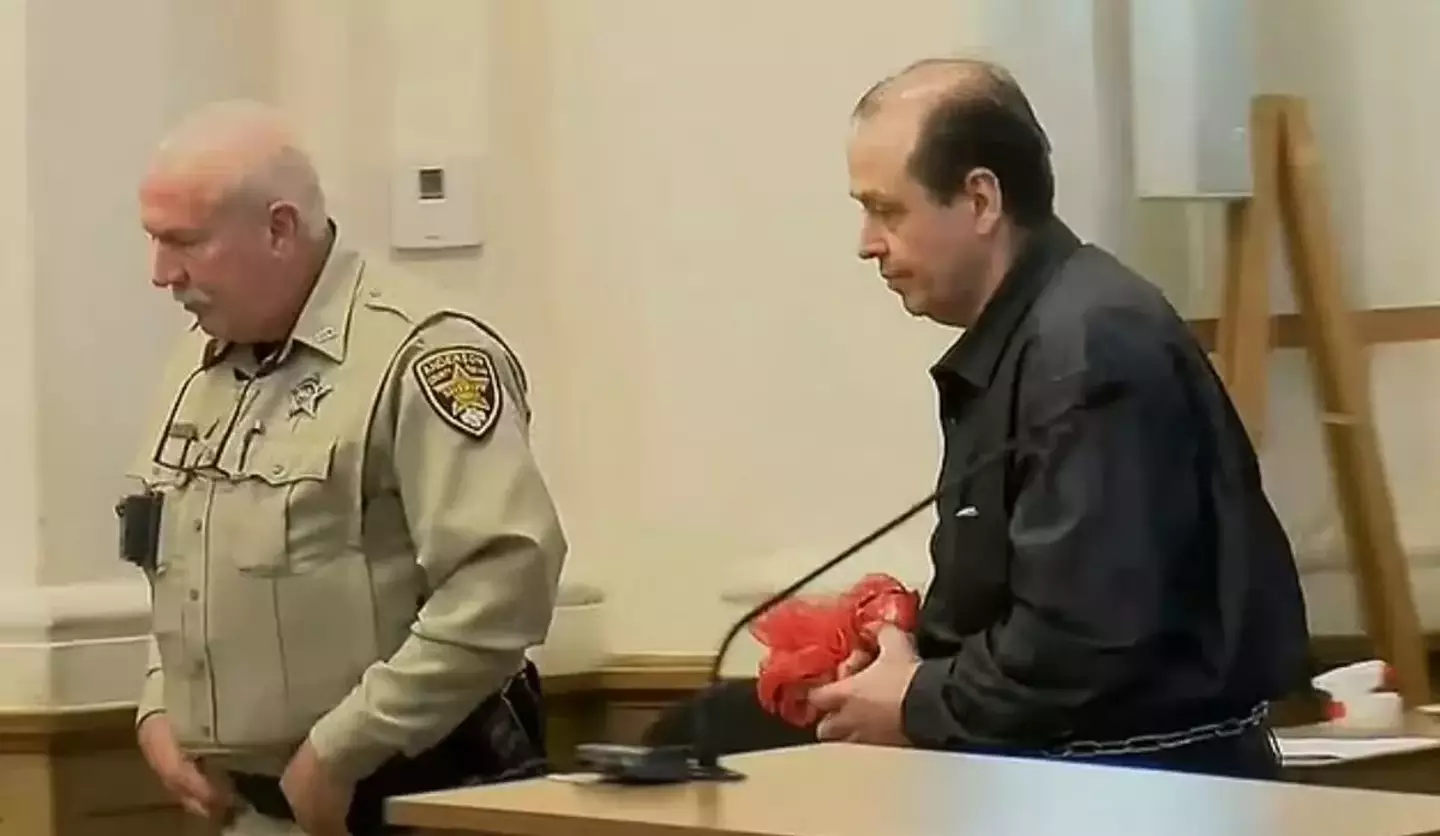
The execution has been ruled to go ahead (KLTV)
At the time, a medical examiner ruled Nikki’s death a homicide, and her past medical history was reportedly not investigated.
Although the execution has been ruled to go ahead, it is currently unclear if a new execution date has been set.
LADbible has reached out to the Texas attorney general for comment.
Featured Image Credit: Innocence Project / KLTV
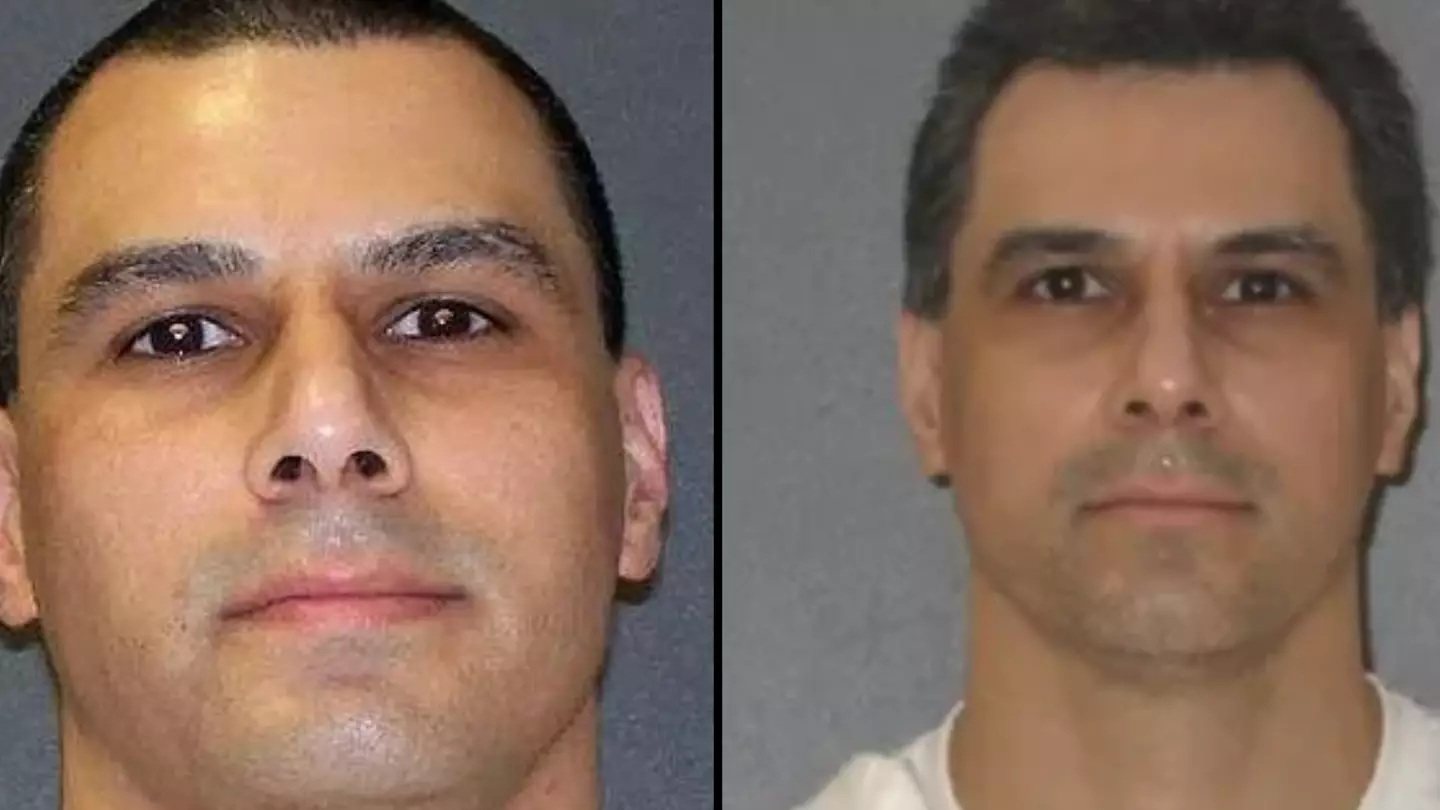
A prisoner who has spent more than 575 days on death watch was supposed to be executed on Tuesday (16 July) evening.
But just 20 minutes before Ruben Gutierrez was set to be administered with the lethal injection, his execution was put on hold.
The Texas inmate is convicted of stabbing retired schoolteacher Escolastica Harrison, 85, to death in 1998.
Gutierrez, 47, was sentenced to death for killing Harrison during a home robbery in Brownsville, US.
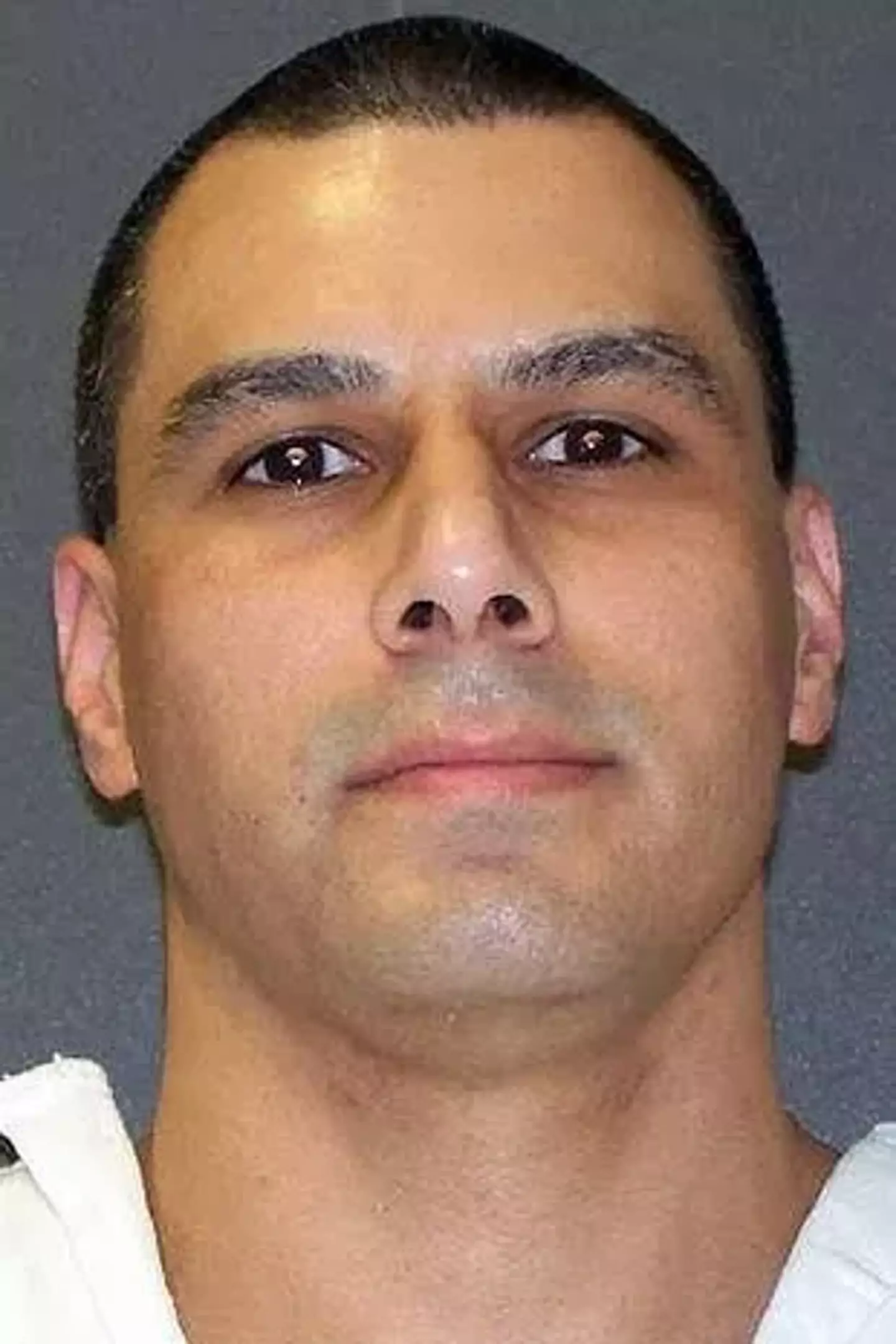
Death Row inmate Ruben Gutierrez was scheduled to be executed on Tuesday. (Texas Dept of Criminal Justice)
Prosecutors said at the time that Gutierrez planned to steal more than $600,000 of cash she kept in her home due to a distrust of banks.
However, the inmate has always denied killing Harrison and his attorney has insisted that there is a lack of DNA evidence linking him to the crime.
After filing an appeal with the US Supreme Court, they delayed the execution around 20 minutes before it was set to take place.
Shawn Nolan, Gutierrez’s attorney, told USA Today: “Mr. Gutierrez has been requesting DNA testing for more than a decade to prove he did not kill the victim in this case.”
In stopping the execution, he hopes the court will ‘ultimately accomplish the DNA testing to prove that Mr. Gutierrez should not be executed now or in the future’.
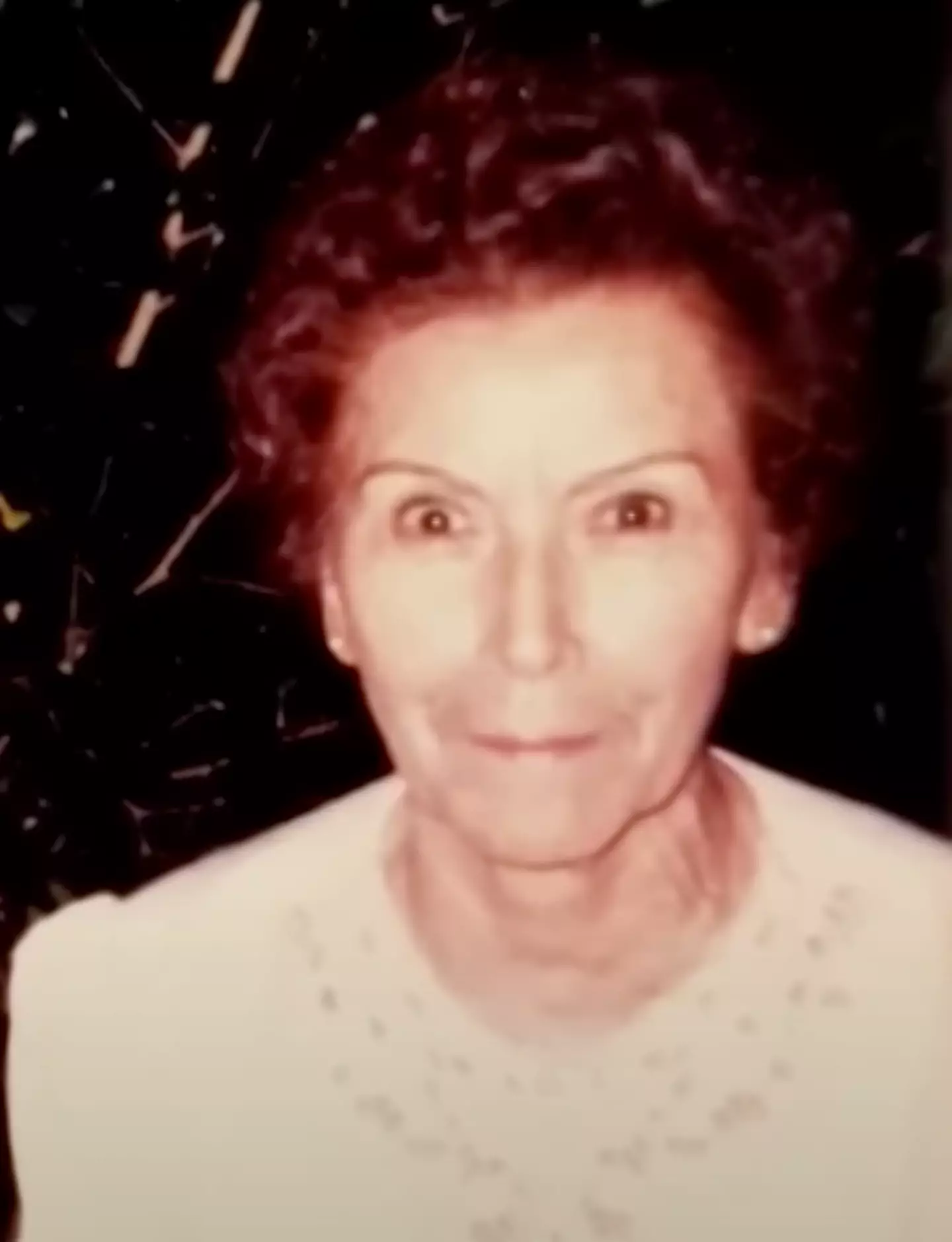
Retired schoolteacher Escolastica Harrison, 85, was stabbed to death in 1998. (CBS 4)
Meanwhile, for the murder victim’s family, Cameron County District Attorney Luis Saenz argued on Tuesday (16 July): “Here we go again. We did this four years ago and I found that to be very disheartening to the family. And here we are four years later.
“Déjà vu. It’s sickening to the family. They get re-victimized over and over again. When is it going to stop?
“All that does is reinvigorate me. All that does is motivate me to double down and to do what I have to do to so that someday, in the near future, the Harrison family will see justice for Escolastica, which is what they’ve been waiting for and wanting now for 25 years.”
Harrison’s nephew, Alex Hernandez, told the outlet that he was waiting for the execution to begin when he received a phone call from Saenz about 20 minutes before Gutierrez was supposed to be executed.
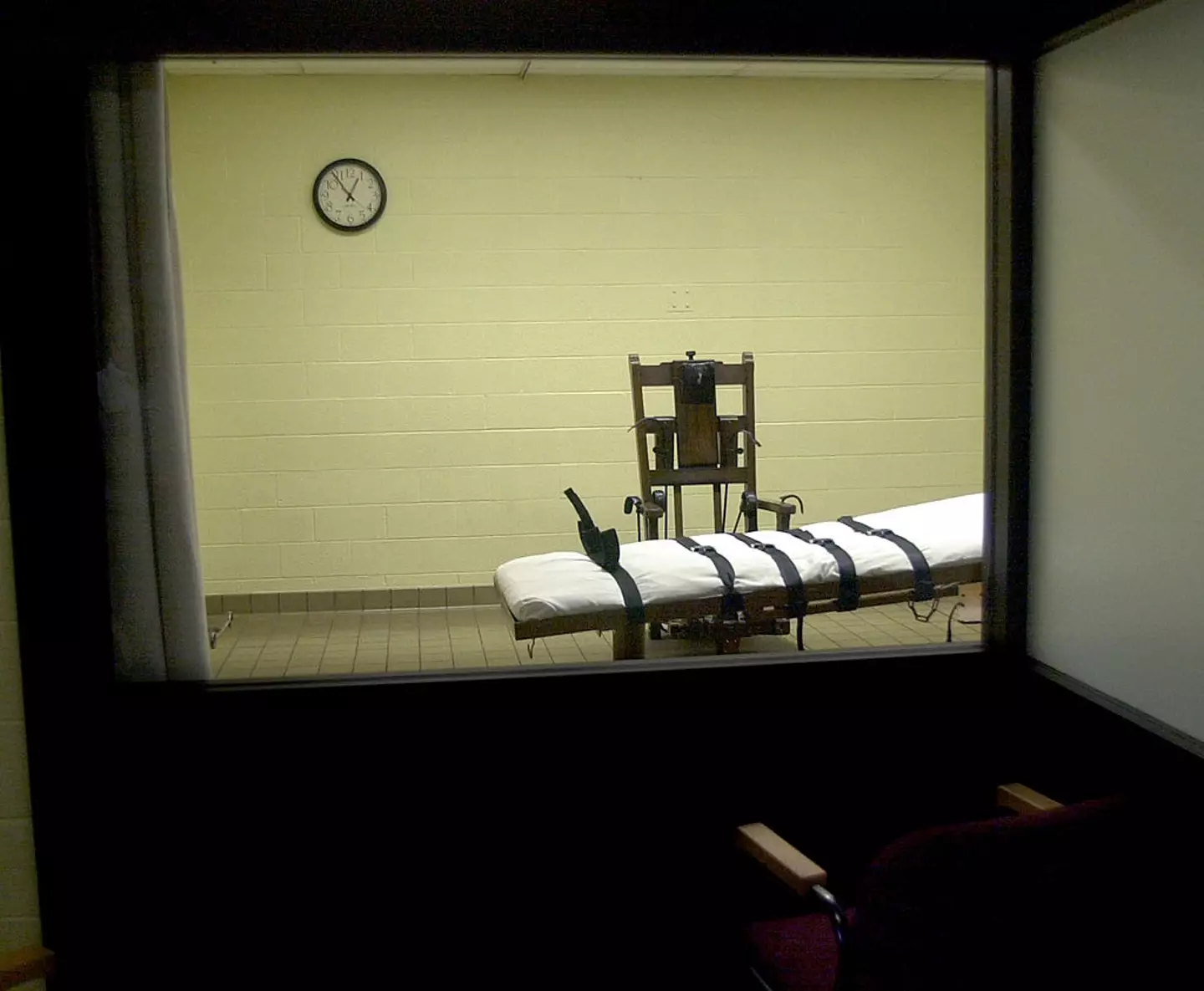
The murder victim’s family are arguing against the decision to halt Gutierrez’s execution via lethal injection. (Mike Simons/Getty Images)
“It was just devastating,” he said. “It’s like come on, you know. This is the third time we’ve jumped through all their hoops and done everything that they’ve asked.
“And now you’re telling us that it’s not going to happen. I mean it’s just numbing, devastating, unbelievable.”
He continued: “I feel just defeated. I know it’s not over yet, but at this moment I feel defeated. When’s it going to happen? Why hasn’t it happened yet? Is going to happen ever?
“He was convicted. How are you telling me ‘Look at the case again.’ For what? It doesn’t make sense.”
Featured Image Credit: Texas Dept of Criminal Justice
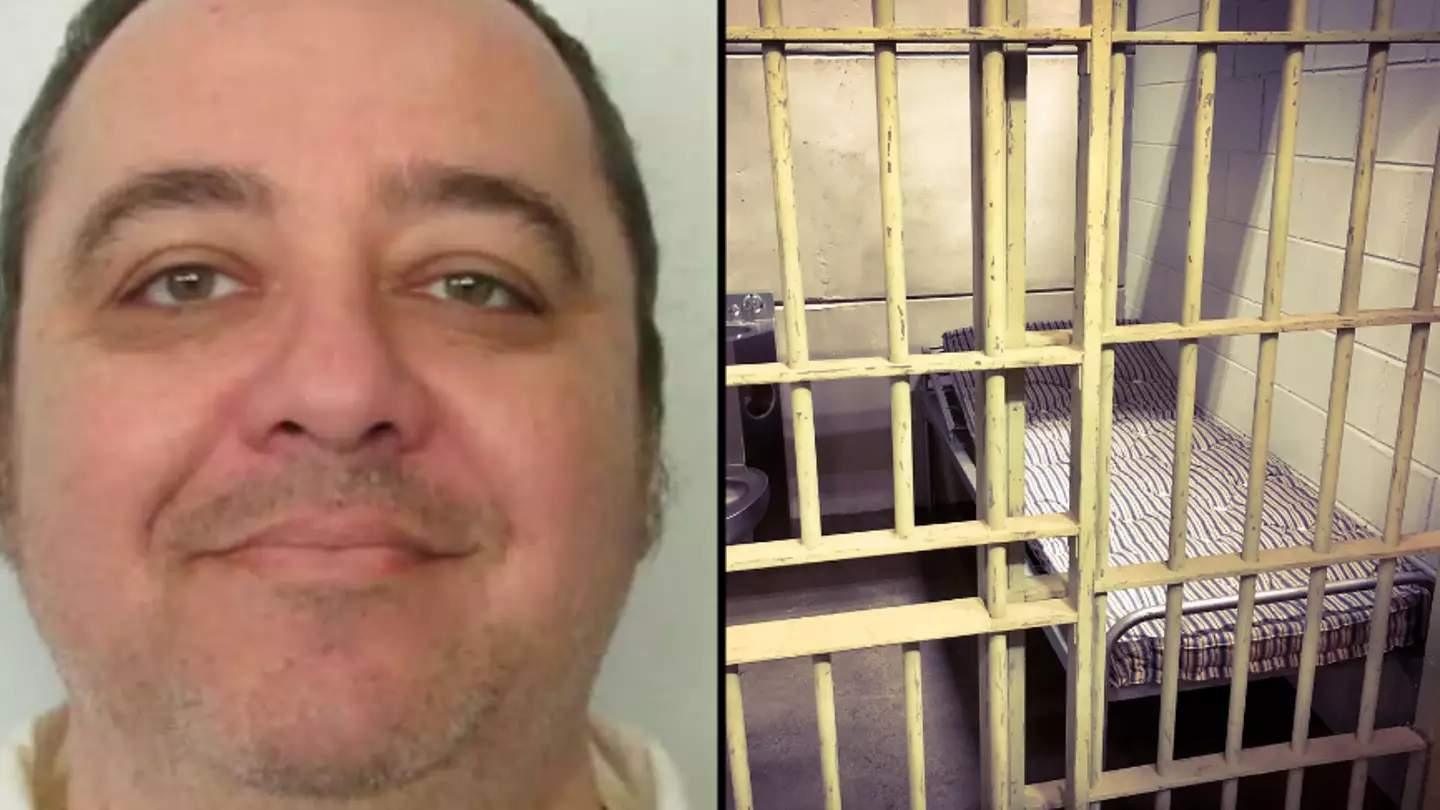
A controversial new Death Row execution method that’s never been tried before on humans is set to be used on a prisoner next week.
Alabama inmate Kenneth Smith was convicted of capital murder and was sentenced to death for his crimes in 1989 and again in 1996.
He was hired by Charles Sennett, the pastor of the Westside Church of Christ in Sheffield, Alabama, in 1988, who reportedly wanted his wife Elizabeth murdered in exchange for a large insurance policy.
Smith and his friend, John Parker, were each paid $1,000 to conduct the murder.
Elizabeth was ambushed, punched, beaten, bludgeoned, and stabbed over and over again with a six-inch survival knife.
The wife suffered a total of ten stab wounds—eight to her chest and two to her neck—which proved fatal.
Smith has survived three previous executions by lethal injection – which led to the state pausing executions.
In 2023, Alabama Attorney General Steve Marshall filed a motion to use a new death penalty method of nitrogen hypoxia on Smith.

Alabama Department of Corrections
The use of nitrogen hypoxia is authorised by three states (Alabama, Oklahoma and Mississippi) but has never been used.
The method involves breathing in nitrogen through a respirator placed over the inmate’s nose and mouth – killing them as a result of oxygen deprivation.
The state attorney’s general office said during a December court hearing that the method would ’cause unconsciousness within seconds, and cause death within minutes’.
This comes after veterinary scientists in the US and Europe saying that nitrogen hypoxia is unacceptable for most small mammals other than pigs.
When Smith’s execution was given the green light last week, it received backlash from the UN high commissioner for human rights in Geneva, who said ‘suffocation by nitrogen gas’ is classed as torture and is inhuman.
Smith’s attorney also appealed against the decision, alleging that his client would be used as a ‘test subject’.
And on Friday (19 January), he claimed to the judges at the 11th US Circuit Court of Appeals that the method was flawed and that the state would attempt ‘to execute Kenny Smith under unprecedented circumstances’.

Pexels
David Morton, professor emeritus of biomedical science and ethics at the University of Birmingham in the UK – who was part of the panel that drew up the commission’s guidelines expressed his concern to The Guardian: “It is effective, but it can cause severe distress before unconsciousness and death ensue. In effect it is a suffocation method.
“It is likely also that there will be considerable species variation, and we are not sure what will happen in humans.
“Animal experiments are usually used as a proxy for humans, but not so in this case it seems – the ultimate test is being carried out using a human being.”
Another member of the European Commission panel said that humans are most likely going to ‘process it as an emergency insult leading to acute distress’.
If all goes to plan, Kenneth Smith will be judicially killed on 25 January.
Featured Image Credit: Alabama Department of Corrections/Getty Stock Image
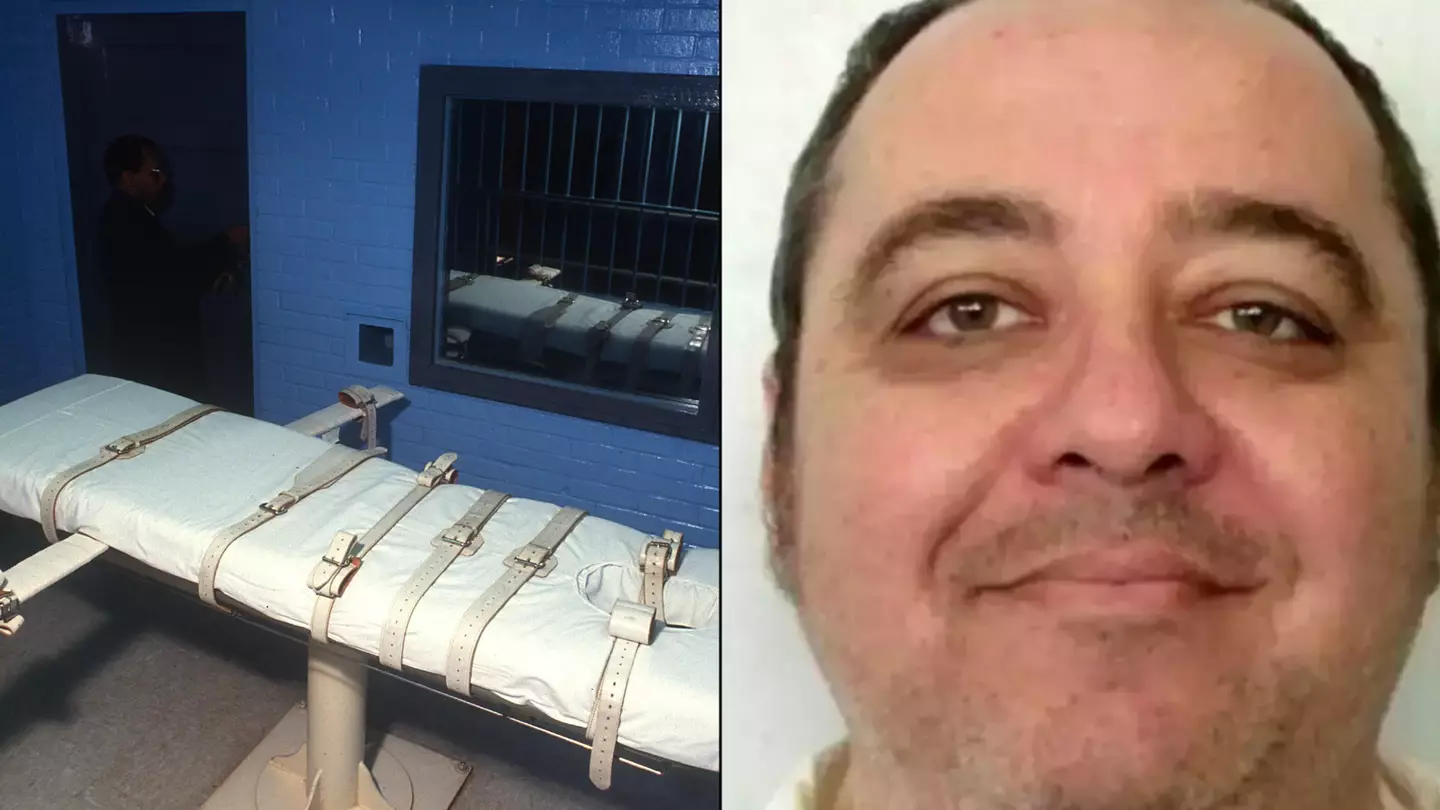
There are just a matter of days left for the most controversial execution method in recent times, which take place as Death Row inmate Kenneth Eugene Smith awaits death’s door.
The Alabama prisoner and hitman was sentenced to Death Row for his crimes in 1988 after he was hired by Charles Sennett, the pastor of the Westside Church of Christ in Sheffield, Alabama, who wanted his wife Elizabeth murdered in exchange for an insurance policy.
Smith and his accomplice, John Parker, were paid $1,000 each for the murder, which saw Elizabeth punched, beaten, bludgeoned, and stabbed over and over again with a six-inch survival knife.

Alabama Department of Corrections
Elizabeth suffered a total of ten stab wounds – eight to her chest and two to her neck – which proved fatal.
The hitman was eventually convicted of capital murder.
Smith who has previously survived execution by lethal injection, is now set to be judicially killed on 25 January by new controversial execution method, nitrogen hypoxia.
The untested method involves breathing in nitrogen through a respirator mask placed over the inmate’s nose and mouth – killing them as a result of oxygen deprivation.
Doctor Jeffrey Keller has stressed that the process is ‘entirely experimental’ and ‘nobody knows’ what’s going to happen.
“There is some concern that leaking nitrogen could affect bystanders, and I don’t know if that’s true, because nobody knows,” he told The Marshall Project.
“It’s also proposed to be painless, and I know that is wrong: The proponents refer to people who have become nitrogen-intoxicated during airplane flights, or scuba diving, and then woke up and reported they didn’t feel anything.
“But the incarcerated person knows exactly what’s going to happen.”
The doctor continued: “This is no different from lethal injection, in that sense.

Pexels
“Just as if you don’t hold your arm still, it’s harder to start an IV line, if you don’t hold your head still, it’s harder to get a seal.
“Regardless of the cooperation, we’re not using medical experts, having an anesthesiologist fit the mask or titrate the nitrogen, someone who has done this hundreds and hundreds of times.”
When answering a question about chance of vomiting or seizures, Dr Keller explained: “The assumption is often that this is going to go perfectly. But as with lethal injection, as more of these are done, everything that can go wrong will eventually.”
With regards to potential issues with the respirator mask, he added: “EMTs in ambulances will find someone with hollow cheeks, or who has taken their false teeth out, will have trouble forming a seal with a mask.
“Or talk to firefighters. If they’re going to run into a burning building, they have to have their masks perfectly fitted, and it’s not one-size-fits-all. A firefighter who gains or loses 50 pounds needs to get a new mask.
“They are not allowed to have facial hair because it interferes with the seal.”
When Smith’s execution was given the green light last week, it received backlash from various parties.
This included the UN high commissioner for human rights in Geneva, who classed the method as inhumane, while veterinary scientists in the US and Europe compared it with being unacceptable for most small mammals.
Featured Image Credit: Paul Harris/Getty/Alabama Department of Corrections
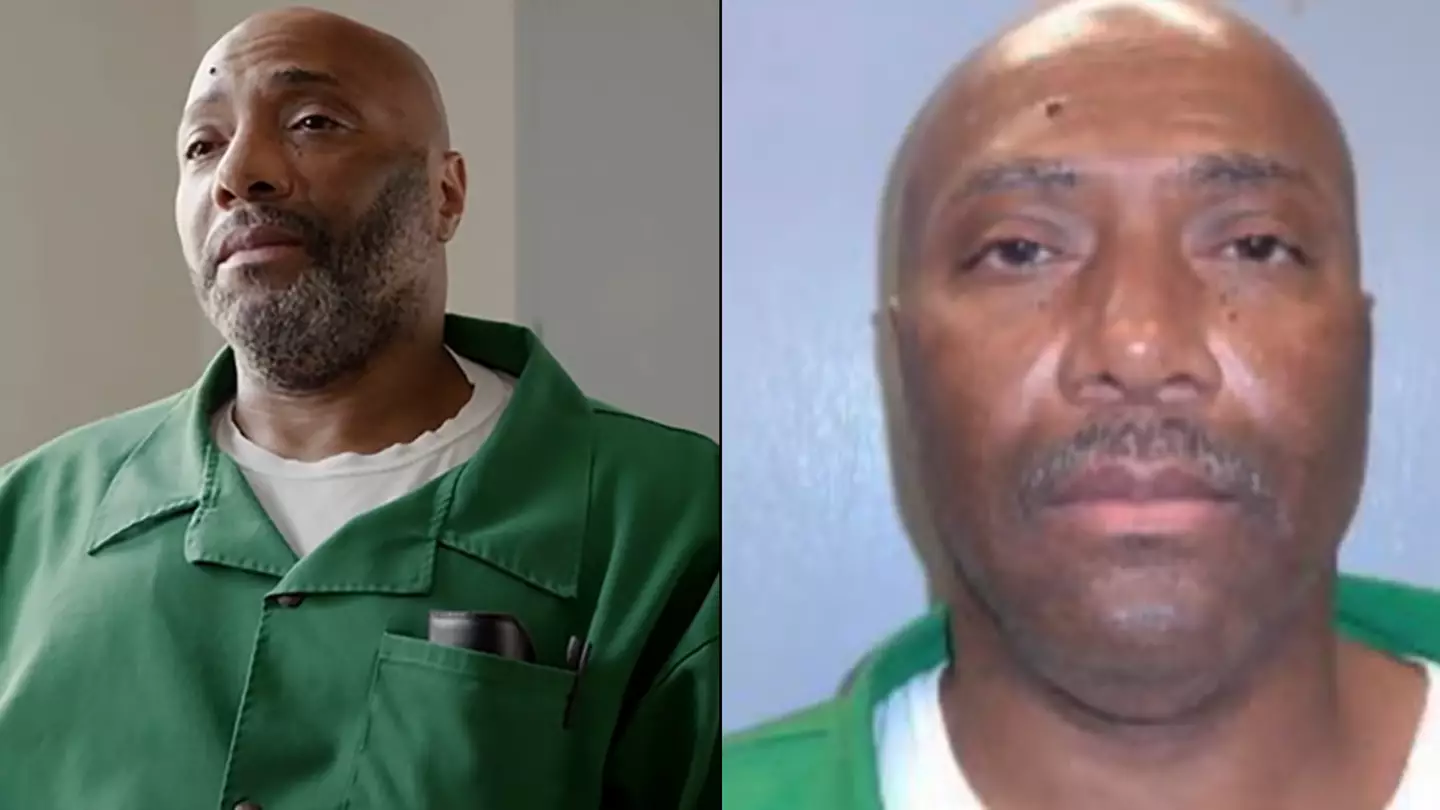
A death row inmate has been given three execution options as the deadline for him to make a decision has arrived.
Richard Moore, 59, is facing the death penalty for murdering store clerk, James Mahoney, 40, in South Carolina, US, in 1999.
Prosecutors said Mahoney was a family man who worked with some disabilities.
However, lawyers are arguing against the death row conviction on the grounds that Moore, who is black, was the first in the state, in modern times, to be convicted by a jury with no African Americans.
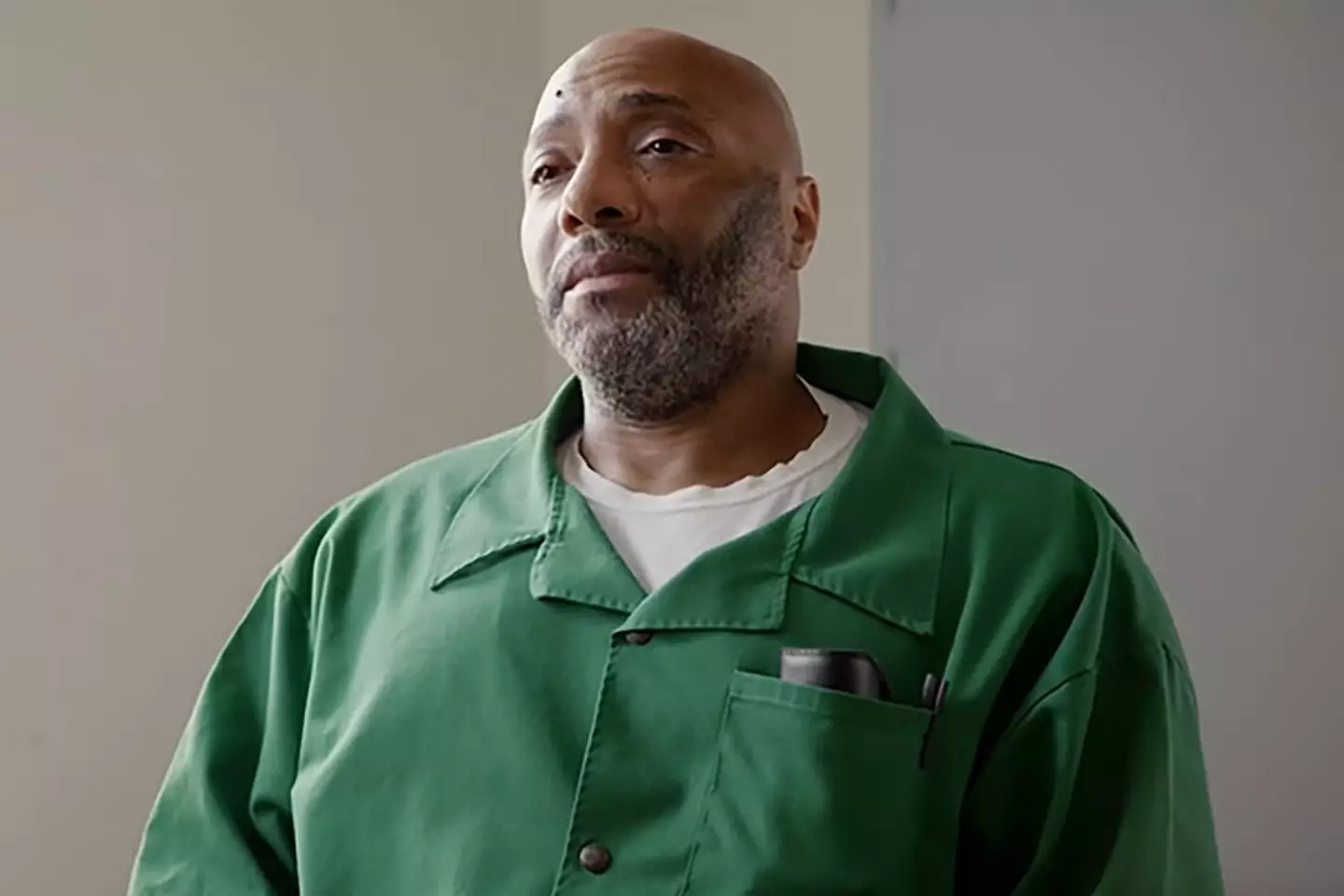
Richard Moore, 59, is sentenced to death in South Carolina (NBC)
Today (18 October) is the day Moore must decide how he wants to be executed on 1 November.
He has to choose between a firing squad, the electric chair, or a lethal injection.
If Moore does not make a decision by today, state law suggests that he will be electrocuted by default.
This comes after South Carolina ended a 13-year pause on executions with the lethal injection of Freddie Owens last month.
The inmate’s son, Lyndall Moore, has since hit out against his father’s sentence, as reported by AP.
He said: “He’s a human being who made mistakes.
“And this particular mistake led to the death of another human being. But his sentence is completely disproportionate to the actual crime.
“He’s not some menacing figure. He’s just a regular dude. … He’s had a lot of time to think about, to reflect on what’s gotten him to this point. He’s very clearly, very obviously regretful of everything.”
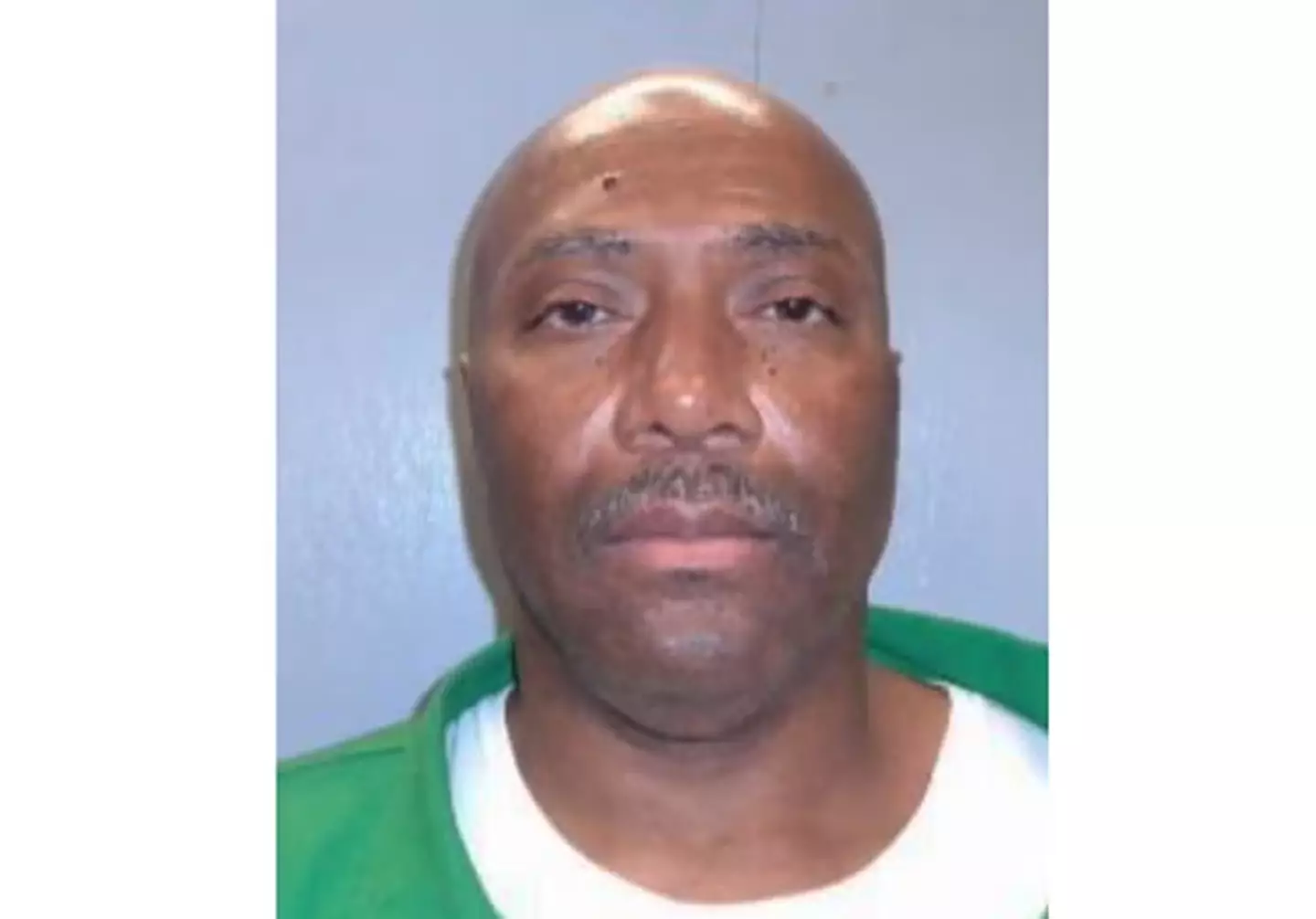
Moore is facing the death penalty for murdering store clerk James Mahoney in 1999 (SC Department of Corrections)
Moore’s attorney Lindsey Vann added: “He’s very remorseful and sorry for the horrible, tragic decisions he made in his life. But he spent the past 20 years really trying to make up for that by loving the people he still has in his life.
“I’m really struck by the image that I’ve had of Richard’s trial where there’s a white prosecutor, white judge, white defense attorneys, an all-white jury and he’s the only person in the room who is African American and he’s being judged by a jury who has no one who looks like him.”
Meanwhile, Spartanburg County solicitor, Trey Gowdy, argued: “The hopes and the goals and the dreams of a 40-year-old man are coming out of his heart, and the cold, wet drops of blood of a career criminal are dripping on his back.
“There is a time for mercy, ladies and gentlemen. That time has come and gone.”
Speaking in 2022, Moore told The Post and Courier: “I am not the same person I was the night I took Mr. Mahoney’s life.
“I have grown. I feel as though I still have a story to tell.”
